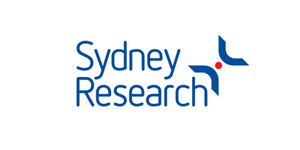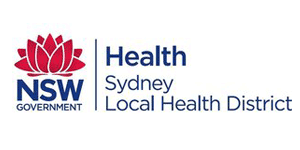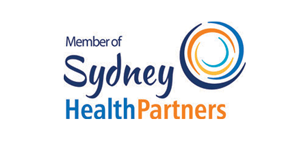The Woolcock Institute of Medical Research
Snoozing neurons blamed for snorers’ brain fog
Snorers who are easily distracted and struggle to focus on the job might have a new culprit to blame: napping neurons.
Australian sleep and brain specialists are investigating why so many of the nation's snorers suffer from neurobehavioural problems like poor concentration, increasing their risk of accidents on the road, at home and in the workplace.
"We believe tired brain cells may be behind this dreadful problem of daytime brain fog that leaves so many people unfocused and groggy-headed," says sleep specialist Dr Angela D'Rozario, Chief Investigator at the Woolcock Institute of Medical Research.
See how sleep apnea has affected Fran Boyer's life in this story from the ABC's national medical reporter Sophie Scott.
In trailblazing work, researchers will study the brains of people with the common snoring condition obstructive sleep apnea (OSA) to find out if a phenomenon called 'local sleep' could be damaging their concentration.
If you would like to volunteer for the study, which is being conducted in Sydney, find out if you are eligible at the study's online registration page or email woolcock.localsleep@sydney.edu.au.
"We suspect that the concentration lapses are caused by tightly-grouped populations of 'tired' brain cells that fall asleep in the awake brain," Dr D'Rozario says. "If we’re right then we have an exciting new target for treatments that can help thousands of tired snorers feel more alert and on the job."
One in ten middle-aged Australians have OSA, a disorder that disrupts breathing and interferes with sound sleep. "A large proportion of these people spend the night waking dozens of times as their breathing gets very shallow or even stops," Dr D'Rozario explains.
One in five sufferers spend their day feeling sleepy, inattentive and unable to concentrate. The reasons behind this grogginess are poorly understood, and there is no way to determine which OSA patients are most at risk of it.
The Woolcock's NeuroSleep and Circadian Research team believes the local sleep phenomenon may hold the key. To investigate, they're recruiting 40 volunteers aged between 35 and 65 years old with OSA and who use continuous positive airway pressure (CPAP) therapy. The team will study the relationship between sleep quality, daytime brain behaviour and grogginess symptoms. Recruits will undergo high-density EEG to measure brain wave activity and driving simulation tests.
"The EEG testing will allow us to determine whether populations of 'tired' neurons that appear to go briefly 'offline' in the awake brain are responsible for poor driving performance in OSA," Dr D'Rozario says. The team will study the sleeping brains of subjects to see what might be triggering these local sleep-like intrusions.
Patients with moderate to severe OSA who perform poorly on a driving simulator task will be tested on the 'gold standard' OSA treatment – continuous positive airway pressure (CPAP) – and then without their CPAP, to reveal how they respond and what effect this has on local sleep.
"We believe that by treating the OSA we'll stop these napping neurons in their tracks and improve driving ability," Dr D'Rozario says.
The work will provide important insights in OSA at a time when our aging population is driving up rates of the condition.
"The results will greatly enhance our understanding of mechanisms underpinning performance deficits in OSA," Dr D'Rozario says. "It also guides future research into alternative therapies that protect the brain from neural injury which could reduce the heightened risk for dementia in the many Australians with OSA."
Find out more
- Register for the study
- For more coverage about this research, and to read a story about how sleep apnea has affected Sydney nurse Fran Boyer's life, go to The Australian study uncovering what happens in the brains of people with sleep apnoea, ABC News, 15 February 2022
- Also listen to Dr D'Rozario interviewed on ABC Sydney Early Afternoons. Skip to 1:26 in the show to hear the interview.
- See all the studies we are currently recruiting for
- More about our sleep research










